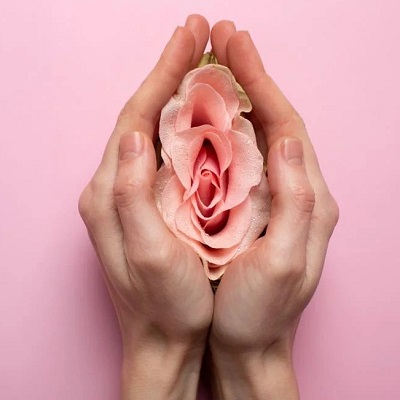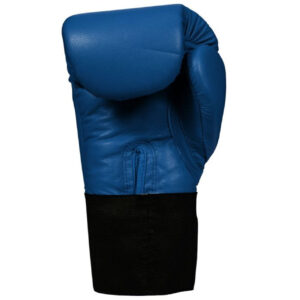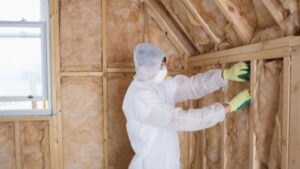Common Causes of Knee Pain and How to Address Them
Knee pain is not a rare phenomenon, and patients can be of any age – both young and elderly, as well as those who have experienced a certain amount of wear and tear on the joints. Knee discomfort is not limited to the mild pains; it can be severe enough to interfere with all activities, including walking or climbing stairs. The reason for knee pain can be diverse, but the most important thing is the identification of its causes. It applies to the case when pain is slowly increasing or when it occurs suddenly – the best way to solve the problem is to identify the cause.
Thus, one of the commonly used strategies for its treatment is to use additional focused therapies that include Knee Care Tablets that minimize inflammation and promote the restoration of joint flexibility. It helps to be proactive when it comes to your knee, and get the proper physical therapy and care that will go a long way towards improving the health of your knee. In this blog, we’ll review some of the causes of knee pain and provide tips on how to go about managing these issues so you can enjoy your active lifestyle again with less pain.

Here are the Common Causes of Knee Pain and How to Address Them
1. Osteoarthritis
Osteoarthritis is one of the most common causes of knee pain, especially in older adults. It occurs when the protective cartilage in the knee gradually breaks down, leading to increased friction between the bones. This wear and tear can cause pain, stiffness, and swelling in the joint, making movement difficult.
2. Injuries (Ligament and Tendon Tears)
Injuries to the knee, particularly ligament and tendon tears, are another frequent cause of knee pain. The anterior cruciate ligament (ACL) and the meniscus are two of the most commonly injured structures. ACL tears often occur during sports involving sudden stops or changes in direction, while meniscus tears can result from twisting or overexertion.
3. Patellar Tendinitis
Patellar tendinitis, commonly known as jumper’s knee, is an inflammation of the tendon connecting the kneecap (patella) to the shinbone. This condition is typically seen in athletes who perform activities that involve jumping, such as basketball or volleyball. The repetitive strain on the patellar tendon can lead to pain, swelling, and tenderness in the knee, particularly around the kneecap.
4. Bursitis
Bursitis occurs when the bursae, small fluid-filled sacs near the knee joint, become inflamed. The bursae help reduce friction and cushion pressure points between the bones and tendons or muscles. Repetitive motion, prolonged kneeling, or trauma to the knee can lead to bursitis, causing pain, swelling, and tenderness in the affected area.
5. Overuse and Repetitive Motion
Overuse and repetitive motion are major contributors to knee pain, particularly for people who engage in activities that stress the knee joint, such as running, cycling, or frequent stair climbing. The constant motion can irritate the tendons, ligaments, and other soft tissues around the knee, leading to inflammation and discomfort.
6. Knee Cap Problems (Patellofemoral Pain Syndrome)
Patellofemoral pain syndrome occurs when there is irritation or misalignment of the kneecap (patella), causing pain around the front of the knee. This condition is often seen in people who engage in activities that involve repetitive bending of the knee, such as running or squatting.
7. Infections and Diseases
Infections like septic arthritis or diseases such as gout can also lead to knee pain, though these are less common. Infections typically cause swelling, redness, warmth, and severe pain in the knee joint, often accompanied by fever. Gout, on the other hand, is caused by a buildup of uric acid crystals in the joint, leading to sudden, intense pain, usually in the form of a gout attack.

Conclusion:
In conclusion, knee pain is a complex phenomenon, which can be caused by a huge number of different factors, such as the degenerative diseases of the joints, osteoarthritis, injuries and overloading. It is therefore important to know the cause of your knee pain in order to receive the appropriate treatment. Inflammation, injury or misalignment can be treated early to halt the progression of the problem and regain normal knee joint function.
For knee pain sufferers, using physical therapy, rest and knee care tablets helps in pain relief and also assist in the healing process. It becomes crucial to take measures that would prevent or at least delay the onset of knee problems thus it is advisable for anyone who is physically active or aging to do the following. So, in this article, we have come up with tips on how to ensure your knees are healthy and you don’t have to worry about any knee pains in future.














Post Comment